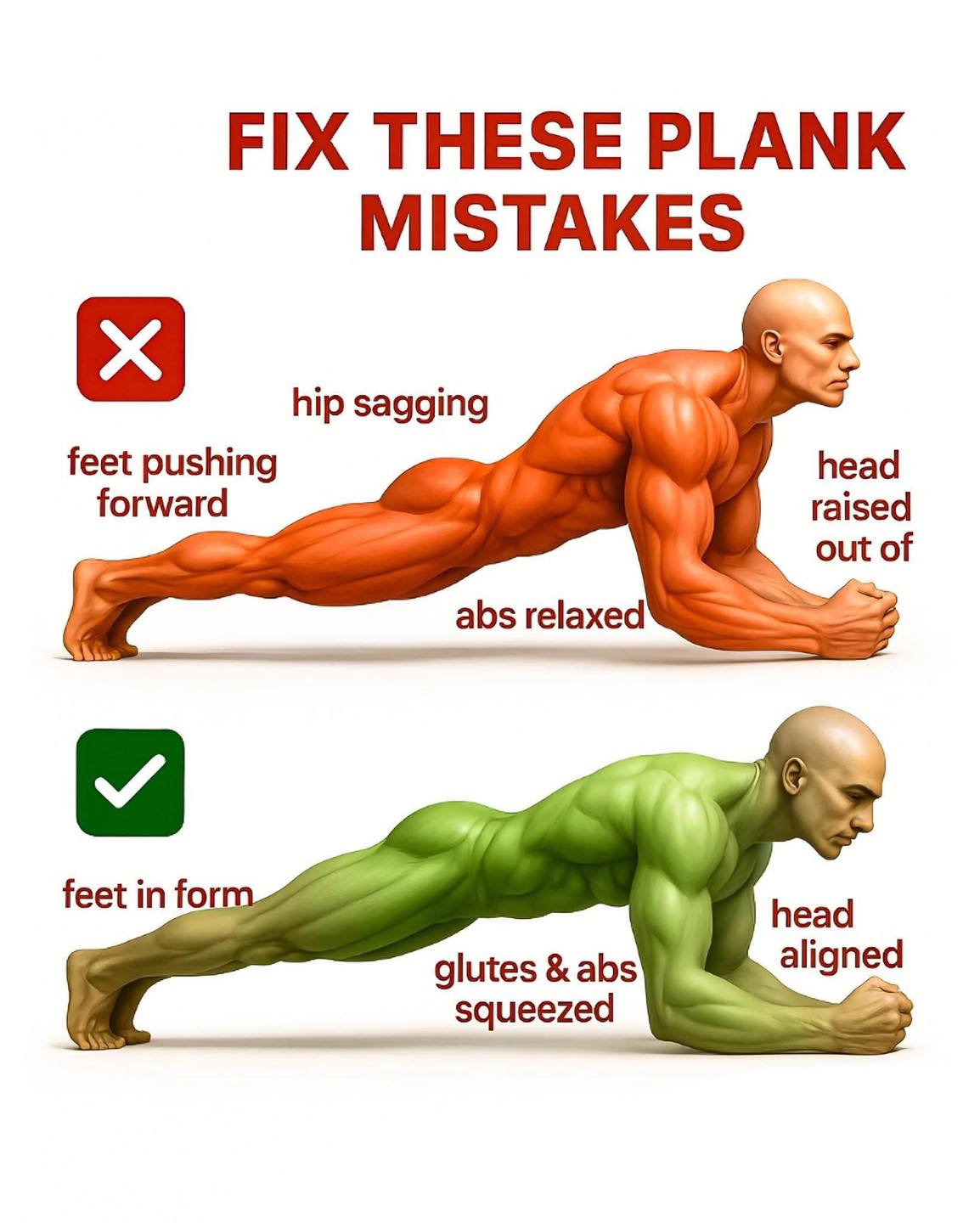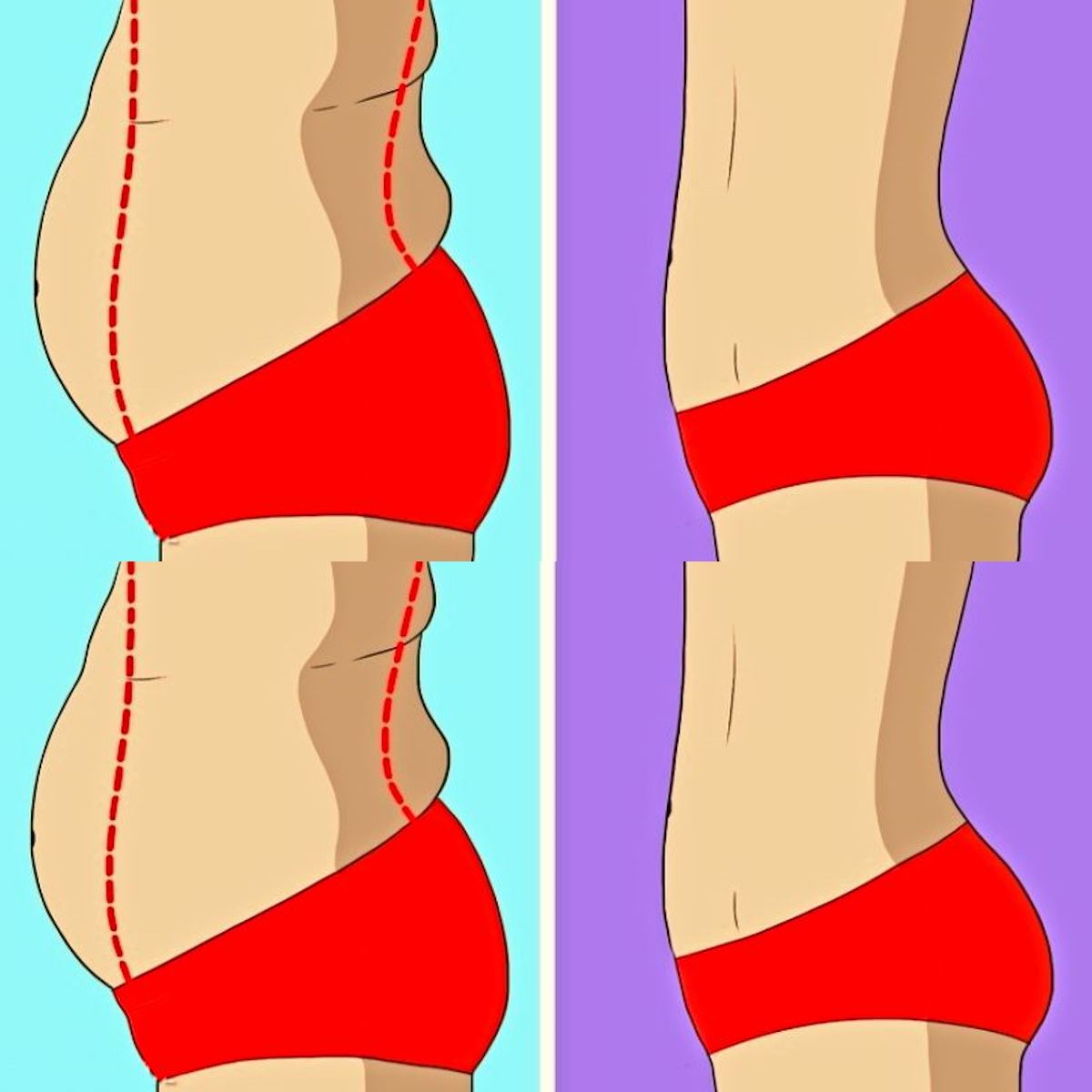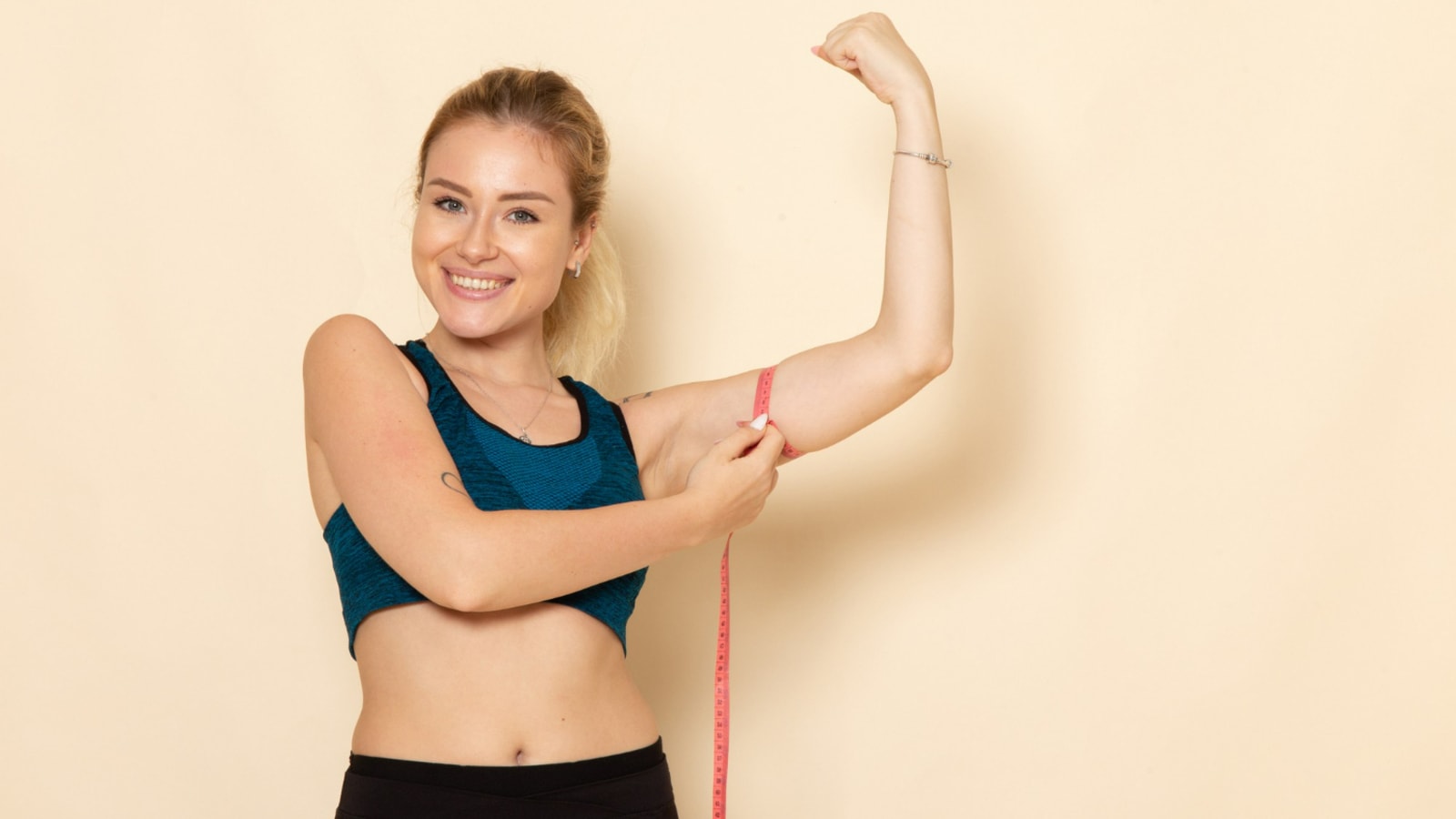
The lower abdominal region often presents a persistent challenge in fitness, prone to fat accumulation and muscle weakness. The “Lower Belly Workout” series is meticulously designed to specifically target this area, aiming not only for fat reduction but also for the development of a strong, well-defined core. Let’s delve into the primary objectives of this routine and explore a detailed, execution-focused guide for each exercise to maximize efficacy.
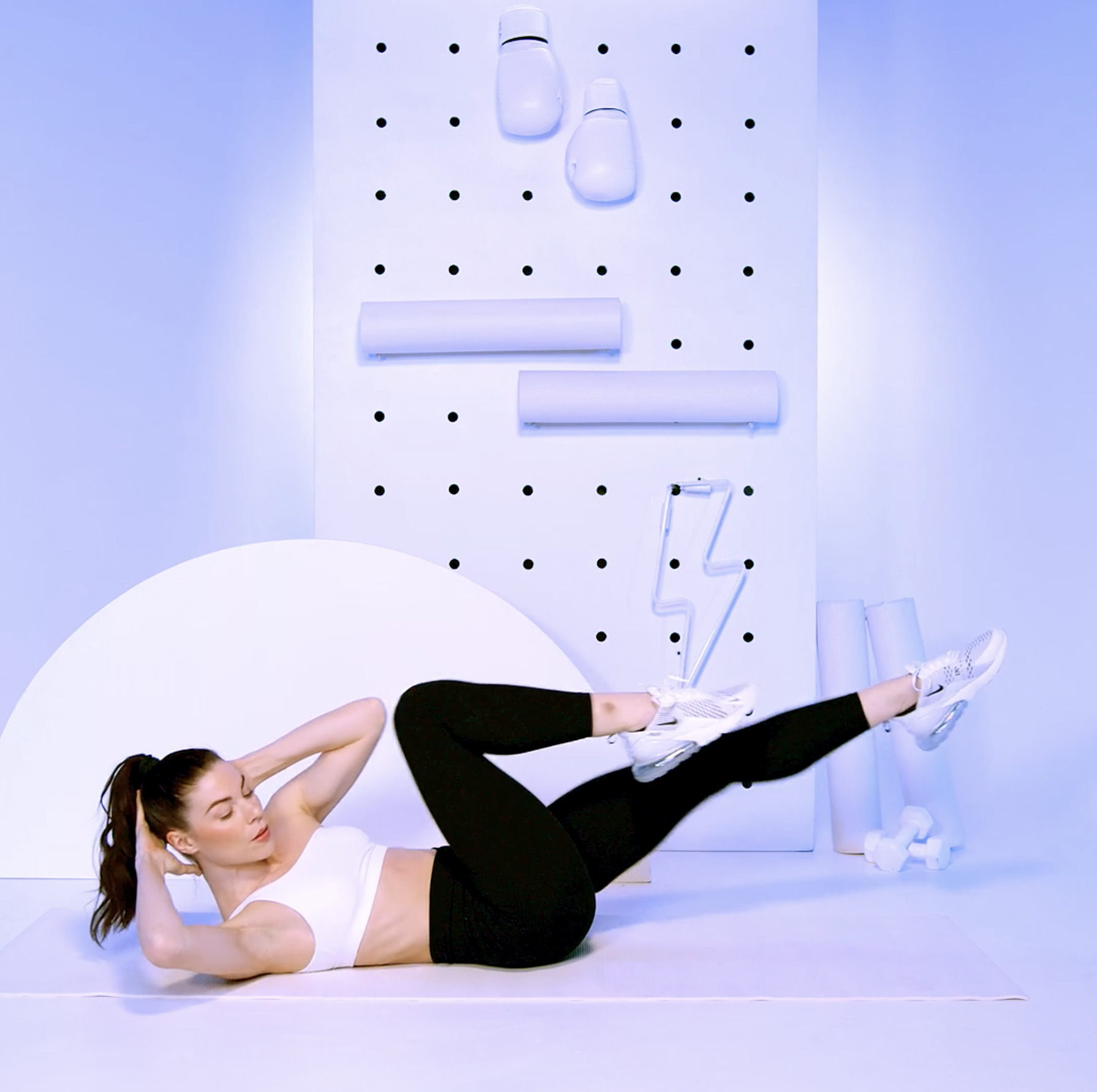
Core Objectives of the “Lower Belly Workout”
This workout transcends mere calorie expenditure, focusing on the following specific goals:
- Lower Abdominal Activation and Strengthening: The selected movements are engineered to isolate and deeply engage the lower portions of the rectus abdominis and the obliques, fostering enhanced muscle tone and definition in this often-neglected area.
- Overall Abdominal Fat Reduction: While spot reduction is a physiological myth, integrating high-intensity compound exercises effectively boosts metabolic rate and caloric expenditure. This systemic fat loss contributes significantly to reducing adipose tissue across the body, including the lower abdomen.
- Enhanced Core Strength: A robust lower core is fundamental to overall core stability, directly contributing to improved posture, reduced lumbar discomfort, and optimized performance across various physical activities.
- Increased Muscular Endurance: Repetitive execution of these exercises builds muscular endurance within the abdominal complex, enabling sustained daily functional movements and more effective future training sessions.
Detailed Exercise Breakdown and Execution Guide
Below is an analysis and specific instructional guide for each movement within the “Lower Belly Workout” sequence:
1. Sit-Ups
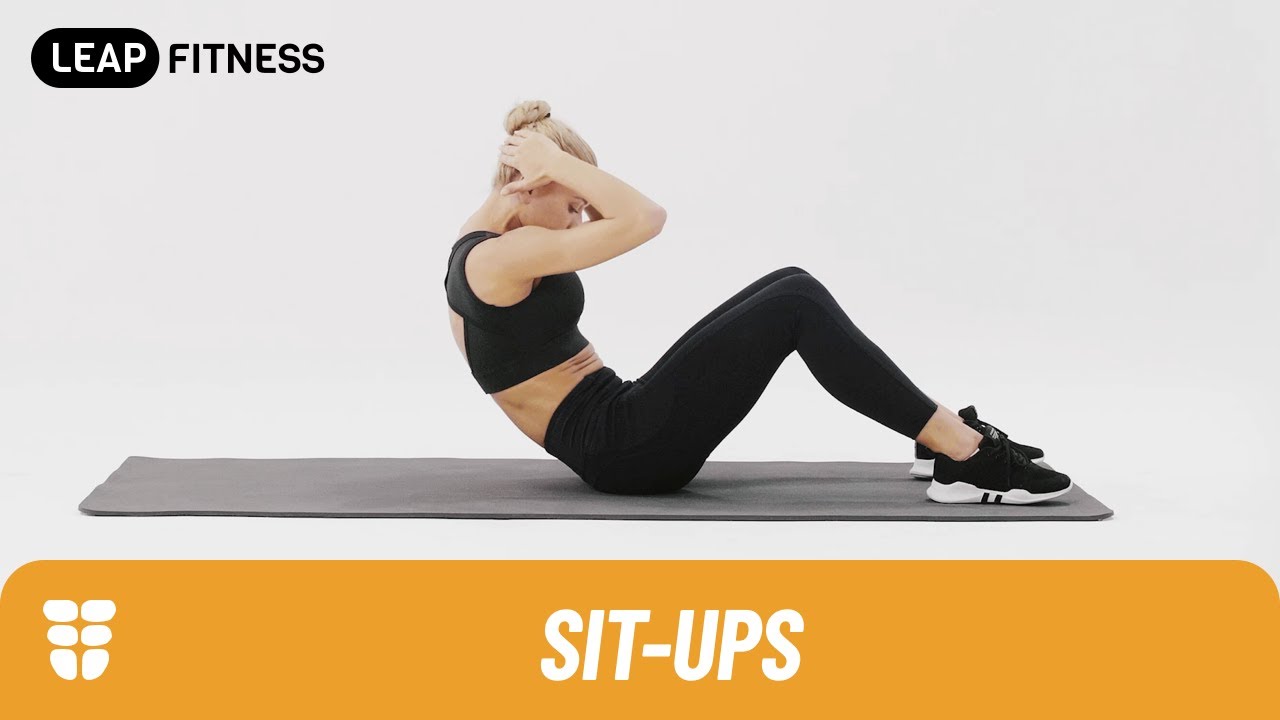
- Objective: Primarily targets the entire rectus abdominis, emphasizing the upper and middle sections, but also engages the lower abdominals through controlled eccentric and concentric phases.
- Execution:
- Lie supine on the floor, knees bent, feet flat on the ground at hip-width.
- Place hands crossed over the chest or lightly behind the head (avoid pulling on the neck).
- Engage your core, using abdominal strength to lift your upper torso off the floor, curling towards your knees. Maintain a straight spine, avoiding rounding.
- Slowly lower back to the starting position, controlling the descent to prevent sudden relaxation.
- Note: Avoid using momentum from the neck or lower back. Focus on the abdominal contraction to initiate and control the lift.
2. Squats
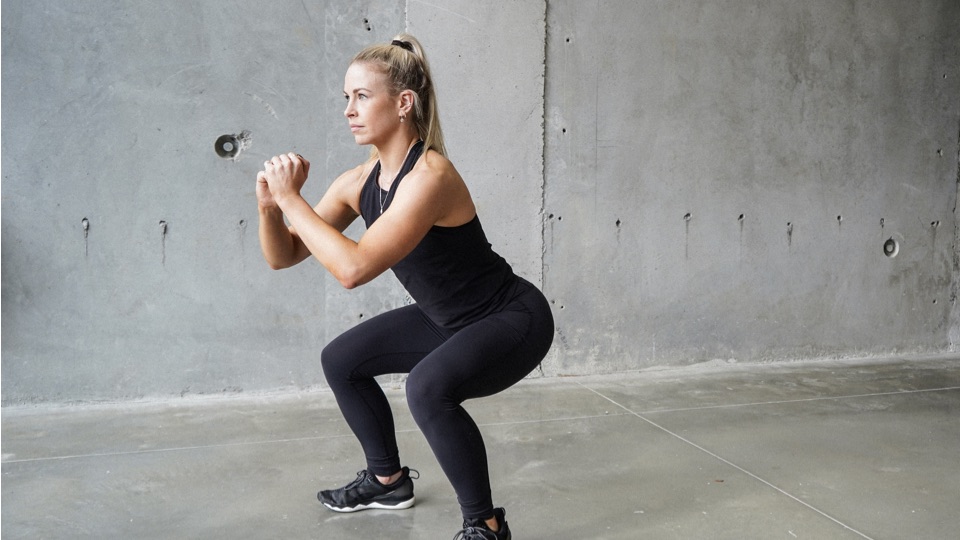
- Objective: Primarily a lower body compound exercise, Squats powerfully engage the entire core (including the lower abdominals) for stabilization and balance throughout the movement, thereby indirectly strengthening the region.
- Execution:
- Stand tall, feet shoulder-width apart, toes slightly pointed outward.
- Initiate the movement by pushing your hips back as if sitting into a chair, simultaneously bending your knees. Keep your back straight and chest lifted.
- Descend until your thighs are parallel to the floor (or lower, if possible without rounding your back). Ensure knees do not track past your toes.
- Drive through your heels and glutes to return to the standing position.
- Note: Maintain your weight in your heels. Keep your core braced to protect your spine.
3. Mountain Climbers
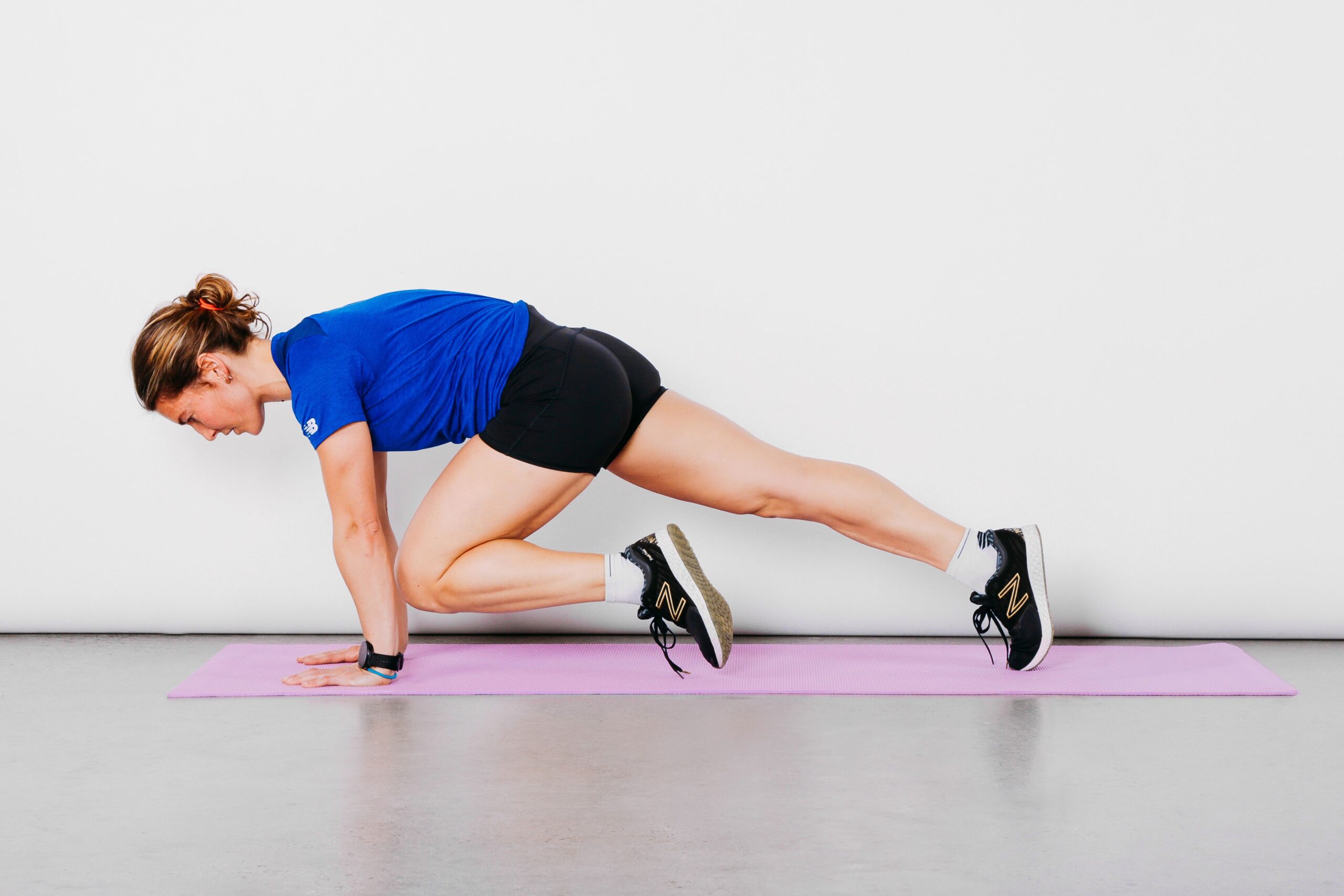
- Objective: This high-intensity, full-body exercise is exceptionally effective for the lower abdominals, obliques, and hip flexors, while simultaneously elevating heart rate for significant caloric expenditure.
- Execution:
- Assume a high plank position, hands directly beneath shoulders, body forming a straight line from head to heels.
- Engage your core tightly. Rapidly drive one knee towards your chest, then return it to the starting position.
- Immediately repeat the motion with the other leg, alternating in a continuous “climbing” motion.
- Note: Maintain a stable hip position; avoid allowing hips to pike up or sag. Strive for a controlled yet rapid pace.
4. Donkey Kicks
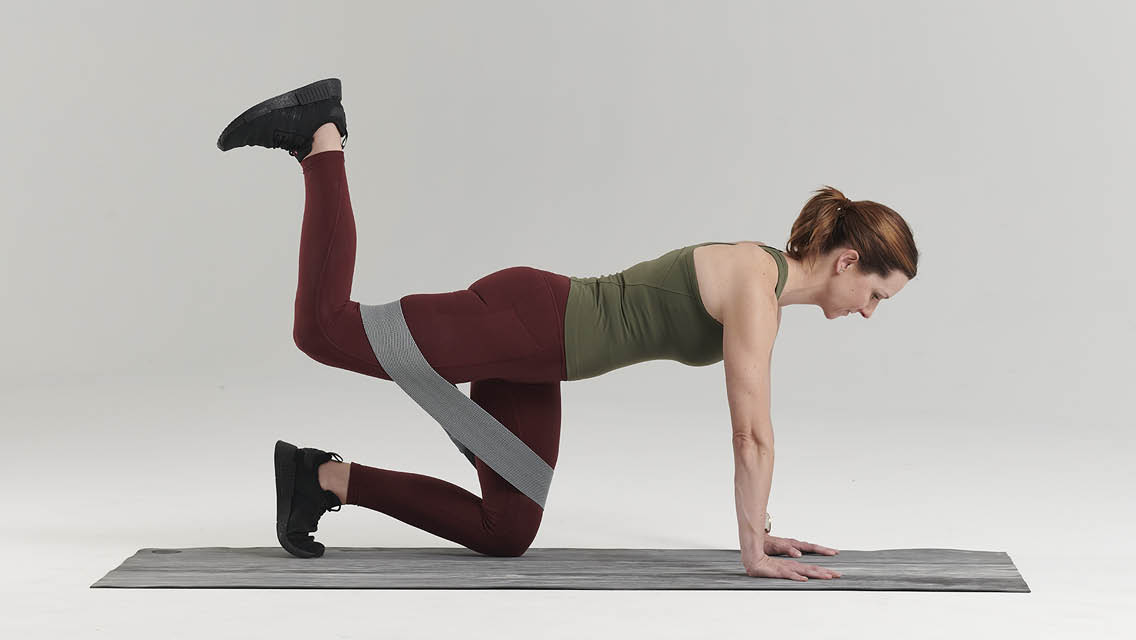
- Objective: Primarily targets the glutes and hamstrings, but demands strong core and lower abdominal stabilization to maintain balance, indirectly contributing to the strength of this area.
- Execution:
- Begin on all fours (quadruped position), hands directly beneath shoulders, knees under hips.
- Maintain a neutral spine and engaged core. Lift one leg, keeping the knee bent at a 90-degree angle, with the sole of the foot facing the ceiling.
- Drive your heel upwards as high as comfortably possible, squeezing the glute.
- Slowly lower the leg back towards the starting position without touching the floor. Complete the desired repetitions before switching legs.
- Note: Avoid arching your back excessively when lifting the leg. Focus on glute contraction and core stability.
5. Supine Spinal Twist
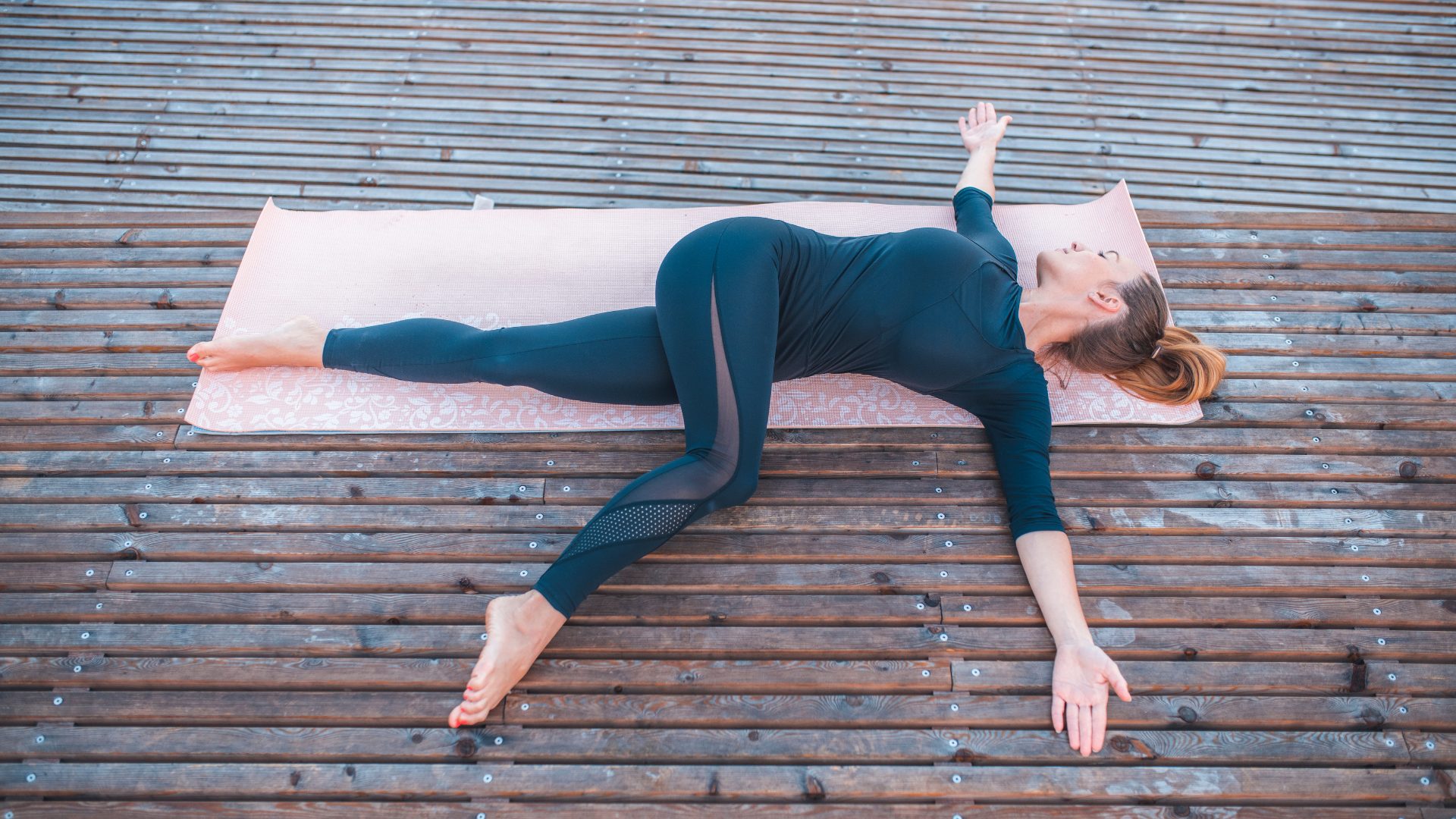
- Objective: This flexibility and mobility exercise helps decompress the spine while gently activating and stretching the obliques and lower abdominal muscles.
- Execution:
- Lie supine on the floor, arms extended to the sides in a ‘T’ shape, palms facing down.
- Bend your knees and lift your feet so your thighs are perpendicular to the floor and shins are parallel.
- Slowly lower both knees to one side, striving to keep both shoulders pressed against the floor.
- Hold the stretch for several seconds, feeling the elongation in your back and hips.
- Return your knees to the center and repeat on the opposite side.
- Note: Perform slowly and with control. Do not force the stretch if discomfort arises.
6. Side Lunges
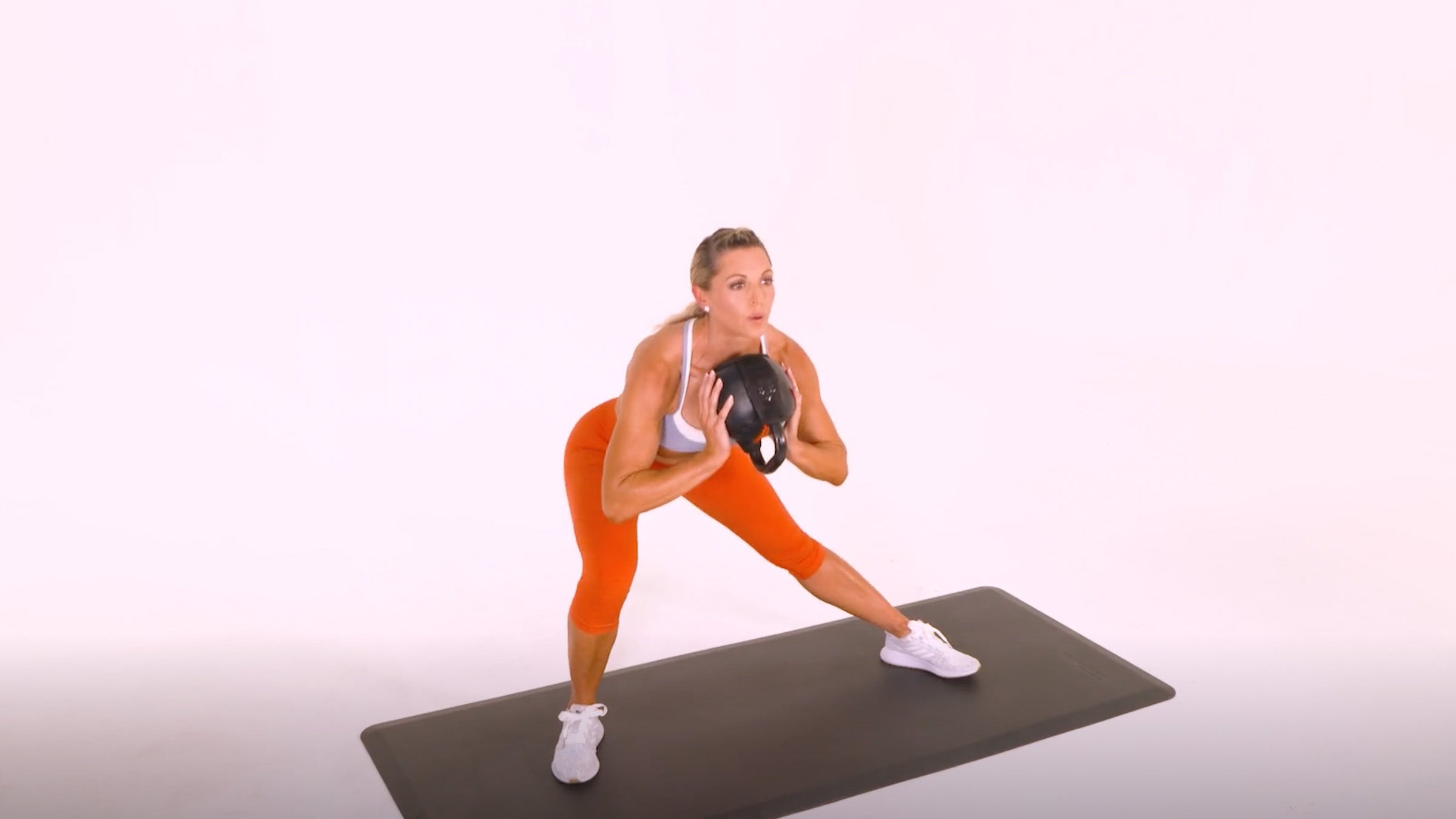
- Objective: Primarily targets the inner and outer thighs (adductors and abductors) and glutes, but also requires significant core and lower abdominal engagement to maintain balance and control during the lateral movement.
- Execution:
- Stand tall, feet hip-width apart.
- Take a large step sideways with one foot, simultaneously bending the knee of that leg and pushing your hips back. Keep the other leg straight.
- Maintain a proud chest, straight back, and weight concentrated in the heel of the bent leg.
- Drive through the bent leg to return to the standing position. Complete the desired repetitions before switching legs or alternating.
- Note: Ensure the knee of the bent leg does not extend past the toes. Keep the core braced to stabilize the upper body.

The “Lower Belly Workout” sequence offers a comprehensive approach to targeting the lower abdominal region, fortifying core strength, and contributing to overall fat reduction goals. By comprehending its objectives and executing each movement with precise form, you will optimize your training efficacy, progressively sculpting a strong, well-defined core and fostering a more balanced physique. Consistency and mindful listening to your body are paramount for achieving optimal results.

